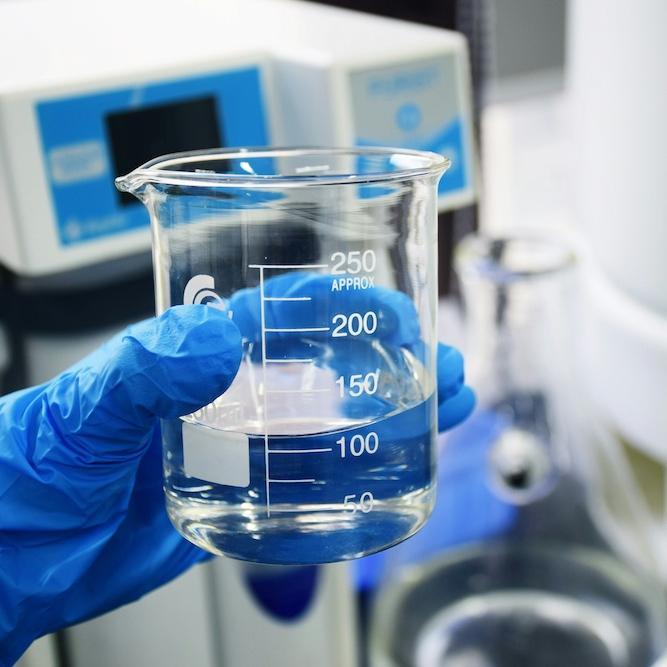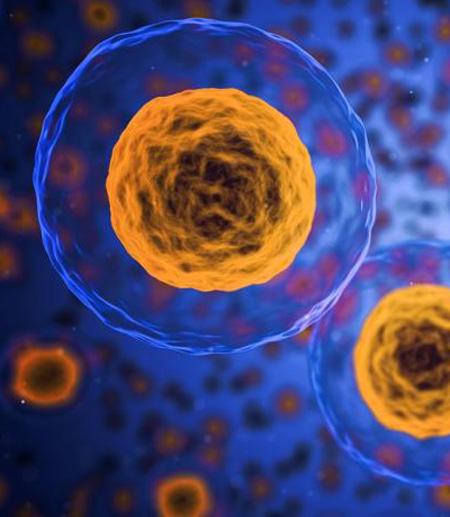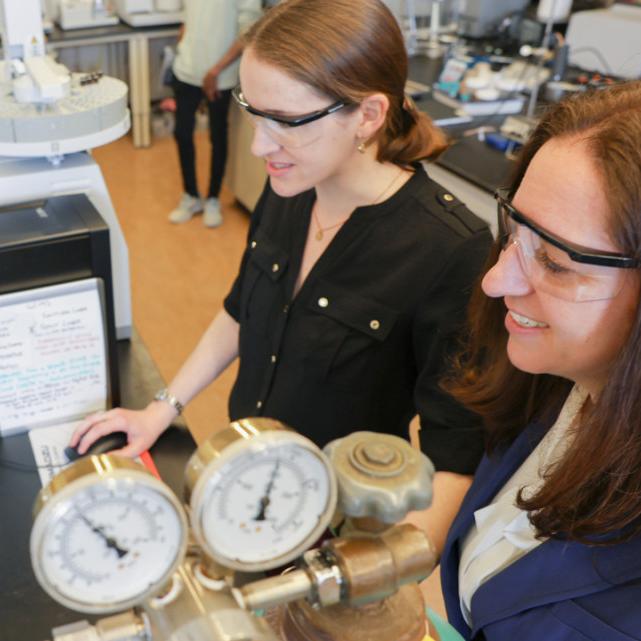
Research and restore: How Cornell scientists are conserving Earth’s resources
Cornell researchers are working to restore our planet’s natural resources — from the soil to the seas to the skies — and helping to ensure a sustainable future for years to come.




